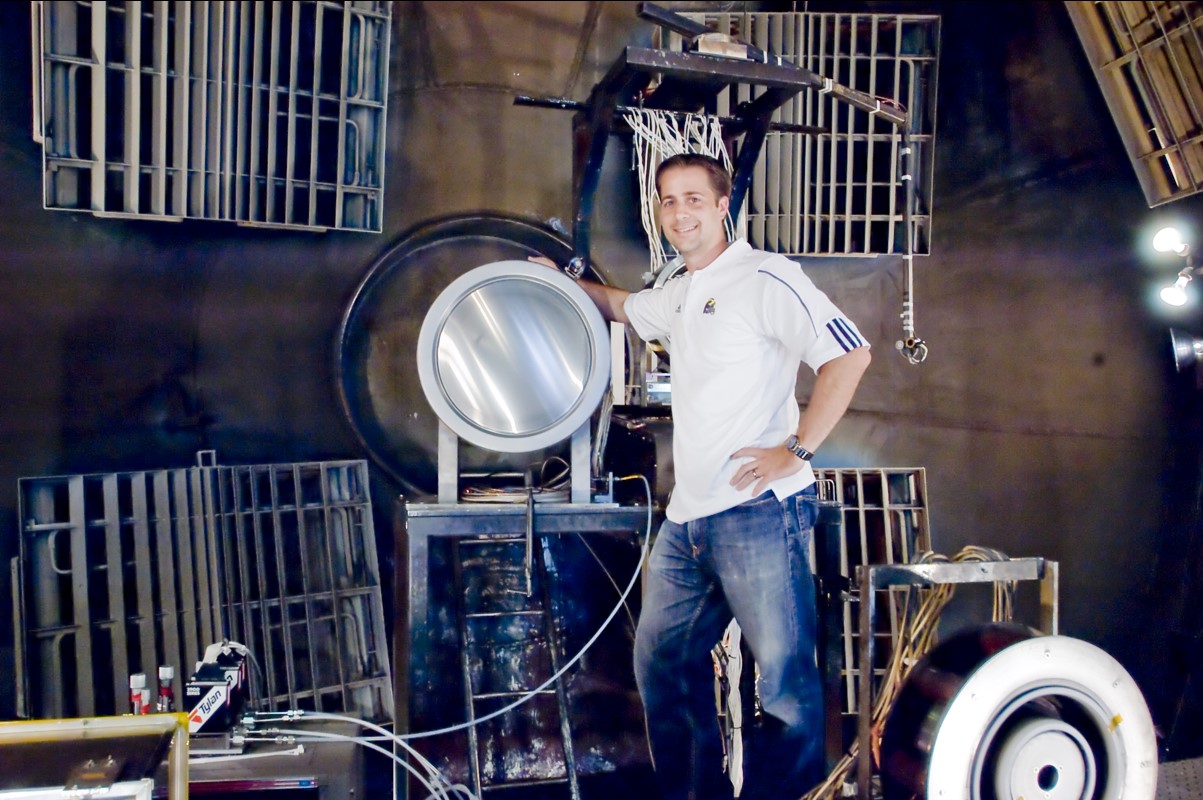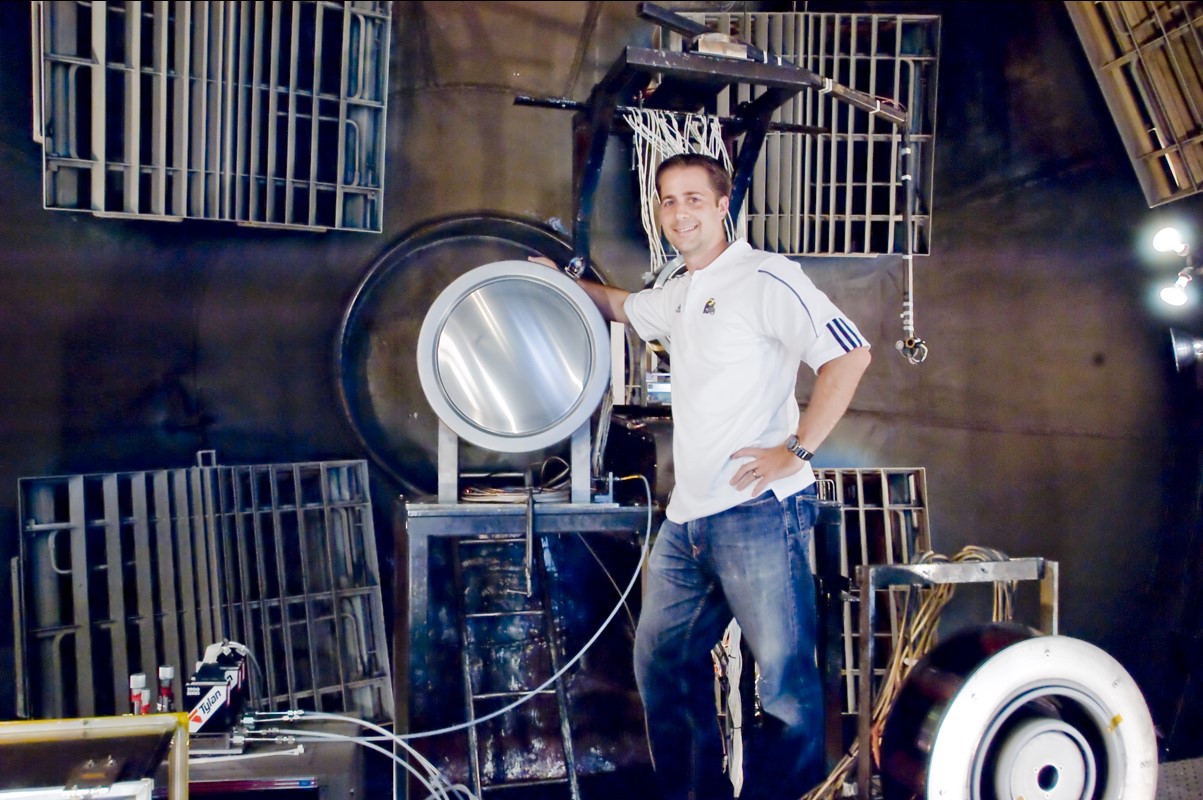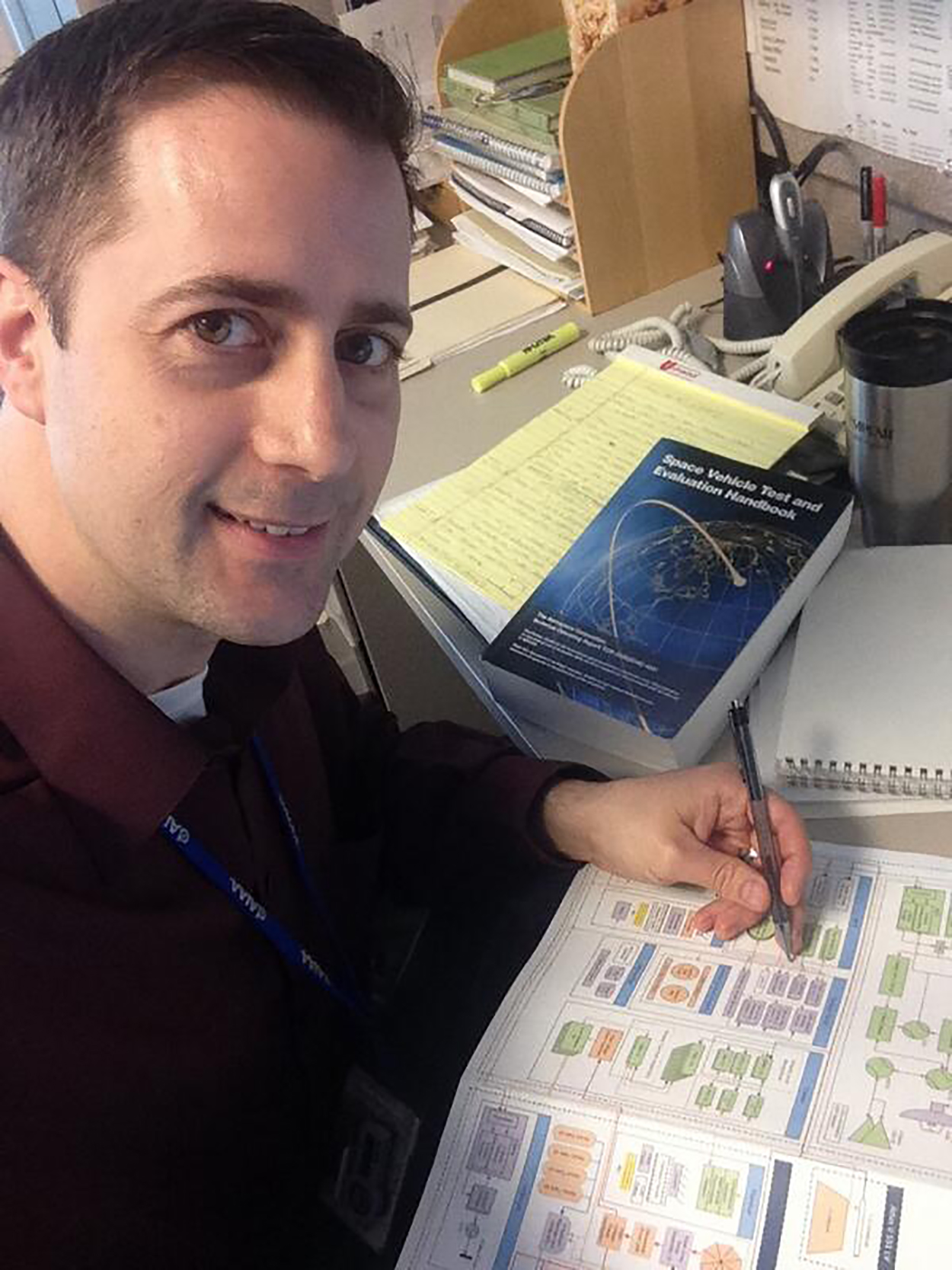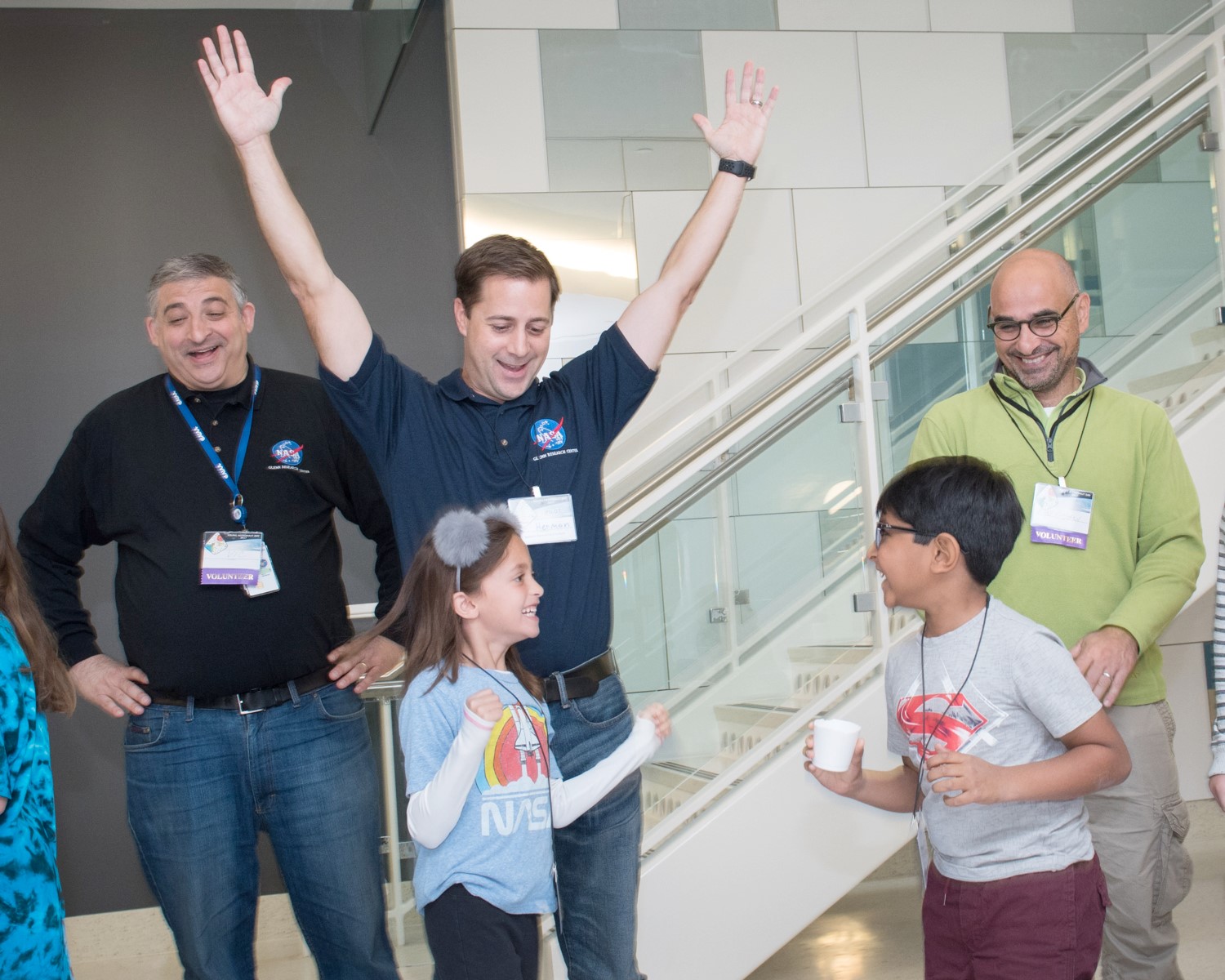Note: Technology Demonstration Missions “Bridge Builders” are team members at NASA centers and partner organizations who help take various groundbreaking, cutting-edge technologies from concept to flight readiness — bridging the gap to help NASA’s Space Technology Mission Directorate, the agency and the aerospace community enable rewarding new missions in space.
When it comes to NASA’s Solar Electric Propulsion project, Daniel Herman helps lead the charge.
As an experienced electric propulsion team lead at NASA’s Glenn Research Center in Cleveland, he was a natural choice for the SEP project’s electric propulsion system lead, providing technical oversight for all activities tied to the project — an alternative to using conventional chemical systems to send spacecraft to distant destinations and resupply remote science outposts anywhere in the solar system.
He’s also the project’s alternate contracting officer’s representative, aiding development and oversight of all contract requirements and ensuring project contractors are meeting their commitments. Finally, his role includes mission concept formulation; he developed the electric propulsion system and mission concepts for NASA’s reference spacecraft to help guide contractors in developing their innovative solar electric propulsion solutions.
A native of Troy, Michigan, Herman received dual bachelor’s degrees in mechanical engineering and aerospace engineering from the University of Michigan in Ann Arbor in 2000 and then earned his master’s degree and doctorate, both in aerospace engineering, in 2004 and 2005, respectively. In 2005, he completed his doctoral thesis work, got married and joined Glenn as a contractor in quick succession; he became a full-time NASA employee in 2009. His first major task was helping develop the NASA Evolutionary Xenon Thruster (NEXT) ion engine. As life demonstration test lead for the engine, Herman spent five years operating the thruster in a vacuum chamber simulating the space environment. That milestone, he jokes, may qualify him as the world’s most experienced electric propulsion test engineer.
Today, he makes his home in Cleveland with his wife Kajal and their two children. He recently discussed the Solar Electric Propulsion project and his hopes for the promising flight technologies it could offer in the years ahead.
What do you find most exciting about this project?
NASA is working to develop an affordable human exploration architecture that pushes boundaries; stimulates science and technology interests for new generations of scientists and engineers; and captivates public attention. The electric propulsion system we’re developing started in 2012 with an in-house effort at Glenn and NASA’s Jet Propulsion Laboratory in Pasadena, California. We anticipate the robust system will be flexible to meet NASA’s evolving needs — that is pretty exciting!
How do you hope your contributions will impact NASA’s TDM goals?
I’m hopeful my technical decisions and management of the NASA and contractor team efforts will result in a highly capable, robust electric propulsion system, to be demonstrated by NASA’s planned power and propulsion element as we use trips to and from the Moon to develop and test requisite human exploration capabilities critical to further exploration of the Moon and deep space. I hope my contributions — and those of my combined Glenn, JPL and contractor team — allow NASA to complete and demonstrate its plan for Mars exploration and evolve the technologies needed to expand the boundaries of human reach well beyond Earth and the Moon.
What’s the payoff you’re most excited to see?
The big payoff will be seeing the SEP project technologies fly, followed by their infusion in spacecraft manufacturer products. The launch of the electric propulsion system on the power and propulsion element would be a highlight of my career!

Are there things most people would be surprised to learn about you?
I won a Regional Emmy for “Best Informational Program” in 2014 for my participation in a NASA X episode about power and propulsion. I also learned to juggle, thanks to a fellow graduate student. I still keep juggling balls on my desk at NASA when I need a stress reliever.
What’s one thing you would tell young people pondering STEM careers?
Find what interests you. At the intersection of those interests you will find your passion. Invest in and actively develop that passion and you will have a fulfilling career.
The Solar Electric Propulsion project is sponsored by NASA’s Space Technology Mission Directorate and managed by NASA’s Glenn Research Center.
-end-





























